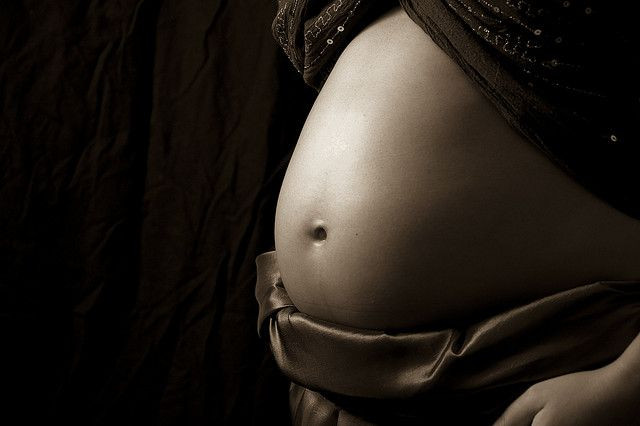Abortion Stories: TV Shows Misrepresent American Women Who Terminate Pregnancy

Abortion plotlines on TV shows have evolved from subtle mentions like “did she get one?” to depicting lead characters getting full-on abortions. Now, although abortion may be less taboo on TV these days, the way it portrays these fictional women, as well as their reasons for getting one, is inaccurate. According to a recent study published in the journal Contraception, these representations are misleading, as they only portray women who undergo the procedure as young, wealthy, and white.
The study, authored by Gretchen Sisson and Katrina Kimport, from the University of California, San Francisco’s Advancing New Standards in Reproductive Health, sought to reveal how women who get abortions are portrayed and emphasize the way in which onscreen stories can shape the public's beliefs about the controversial topic. So they analyzed fictional representations of abortion decision-making on U.S. TV shows from 2005 to 2014. Forty of the 78 storylines they looked at ended in the women in question moving forward with the procedure.
They found 80 percent of women who contemplated abortion were white, 85.7 percent of them were middle class or wealthy, 63 percent were in committed relationships, and 83.3 percent weren’t already parents. With regard to the women who went all the way, 87.5 percent were white, 80 percent were middle class, 55 percent were in committed relationships, and 82.5 percent did not have children.
These statistics don't match the demographic of women who get abortions in real life. In reality, 36 percent of women who have abortions are white and 29.6 percent are black — only 5 percent of abortions that happen on TV involve black women, according to a 2008 study. The researchers also found that Latina women were completely absent from any depictions of abortion, when in reality they make up 24.9 percent of those who undergo abortion procedures. The socioeconomic status of abortion patients is also poorly reflected in TV shows, with only two characters getting the procedure in TV shows being below the federal poverty line. In real life, 40 percent of women who get abortions live in poverty.
The authors wrote the flaws of abortion depictions are "consistent with a generally unrepresentative character population on television that is whiter, wealthier, and younger than the real American population, however, other discrepancies are harder to contextualize," such as the underrepresentation of parents getting abortions.
Interestingly, when it came to why fictional women got abortions, continuing a pregnancy would often make it harder for the women involved to pursue their education or career dreams. However, just 20 percent of women in real life report these reasons for undergoing an abortion. Over 13 percent of fictional women who considered abortion did so because their pregnancies were the result of rape. However, just 1 percent of women who try to have abortions in real life give this reason.
The researchers argue these types of misrepresentations shape perception, and make people believe abortion is something people want rather than need. The underrepresentation of poorer characters, for example, suggests abortion is less a financial necessity for some women. This in turn influences how necessary the public views funding for abortion. In reality, 40 percent of women who seek abortion because of “financial unpreparedness." Meanwhile, only 10.5 percent of fictional characters undergo abortions for the same reasons.
A similar study last year from the same researchers found abortion on TV is depicted as significantly more dangerous than it actually is. Typically, the risk of death is low-to-extremely low, depending on the length of the pregnancy. However, about 9 percent of TV and film characters from 1916 to the present day have been depicted as dying from the procedure.
TV and film writers should keep in mind that fictional representations have an impact on public perceptions and health care. “Onscreen representations may influence public understandings, contributing to the production of abortion stigma and judgments about appropriate restrictions on abortion care," the authors wrote. "Understanding the particular shape of inaccuracies around abortion portrayals can enable advocates and healthcare practitioners to identify and respond to popular misperceptions."
Sources: Sisson G and Kimport K. Facts and Fictions: Characters seeking abortion on American television, 2005-2014. Contraception. 2015.
Sisson G and Kimport K. Telling stories about abortion: abortion-related plots in American film and television, 1916–2013. Contraception. 2014.



























